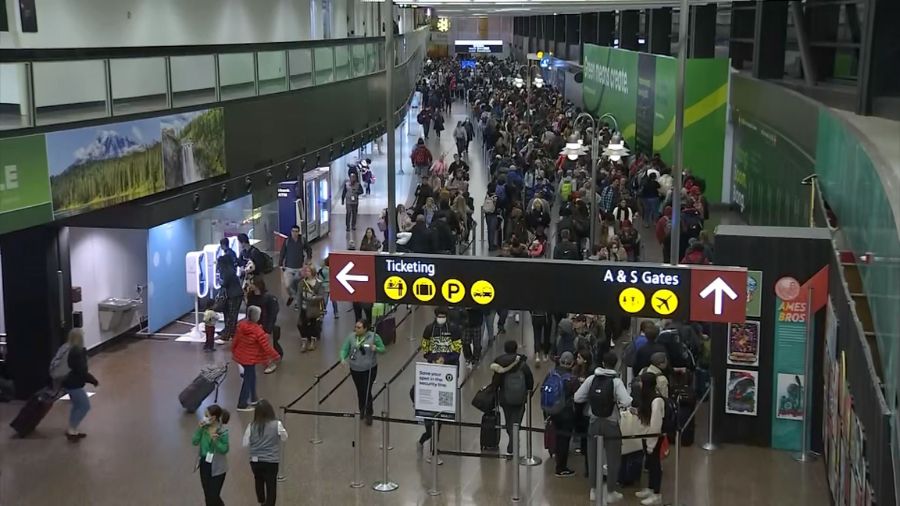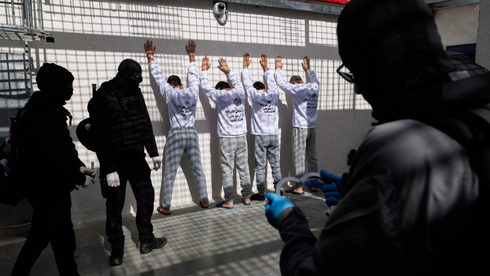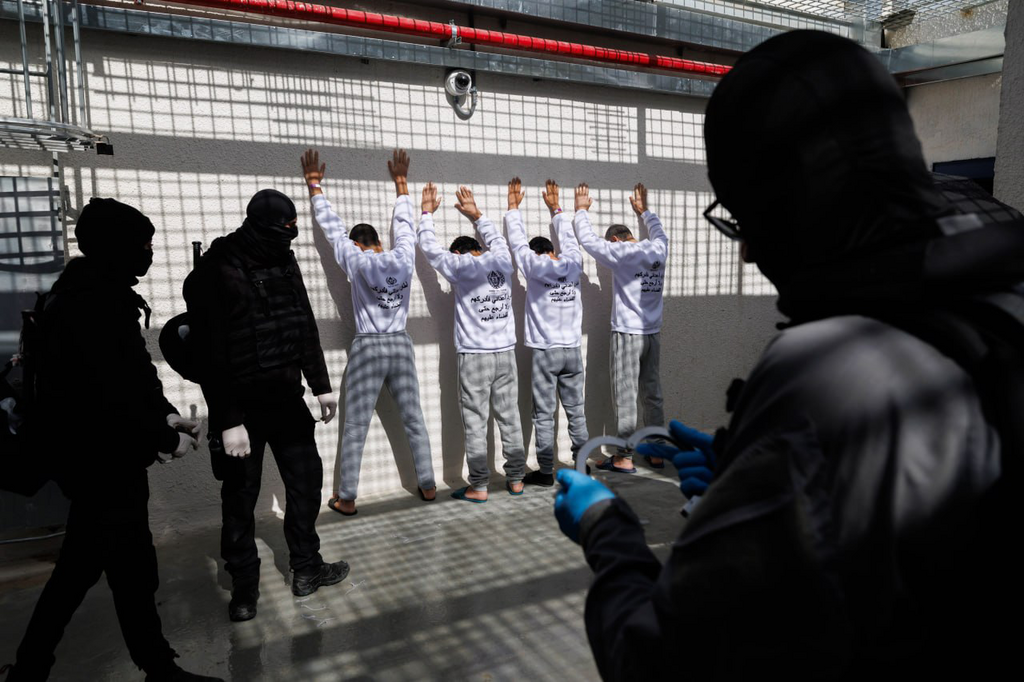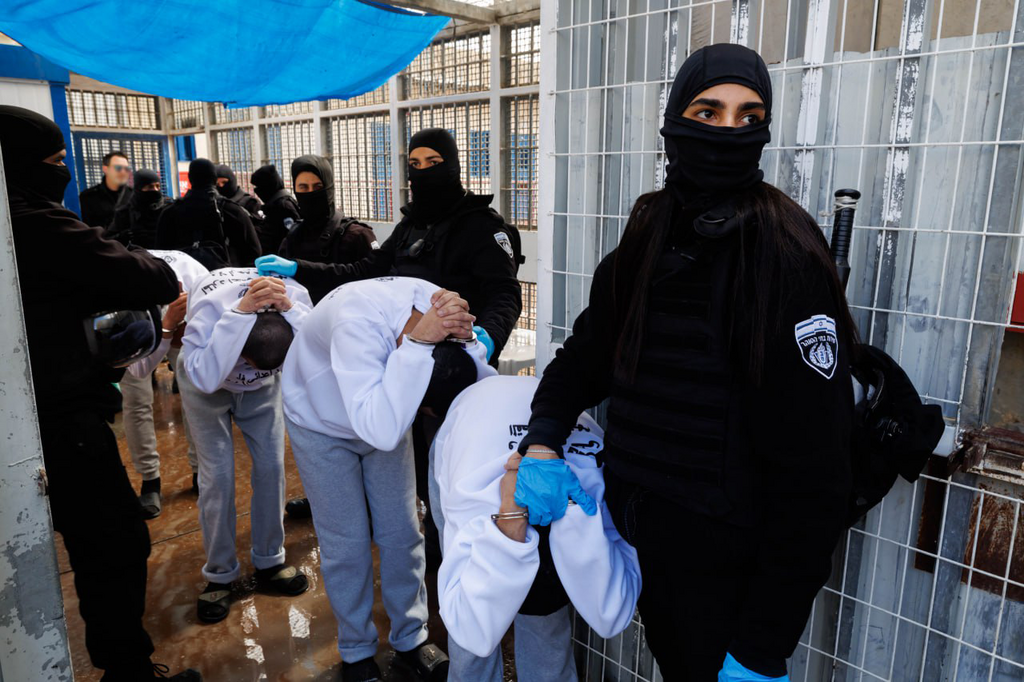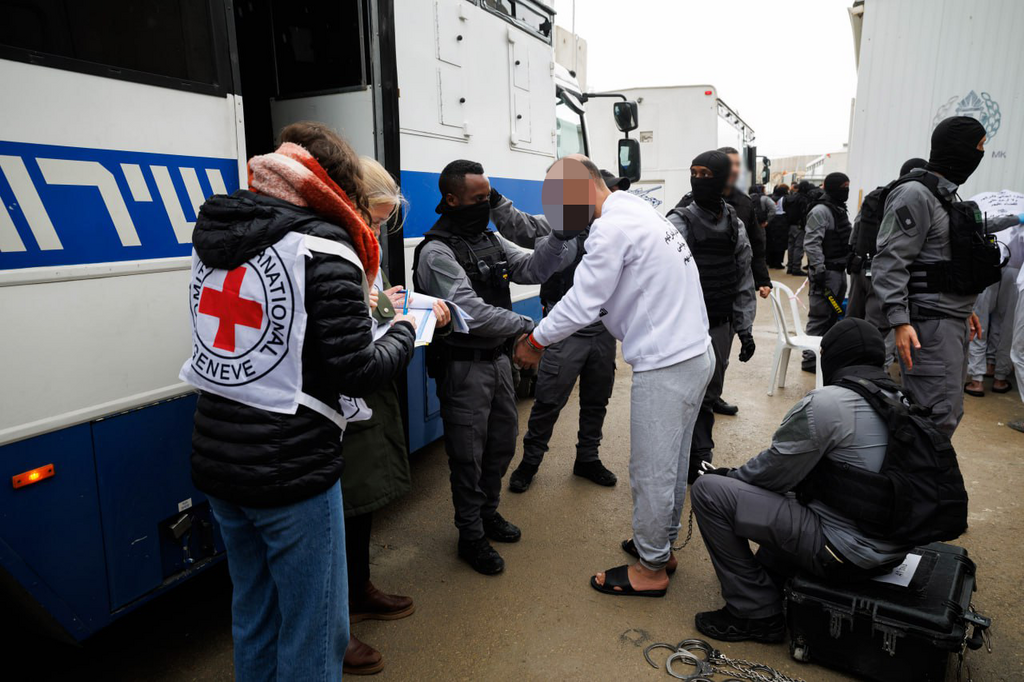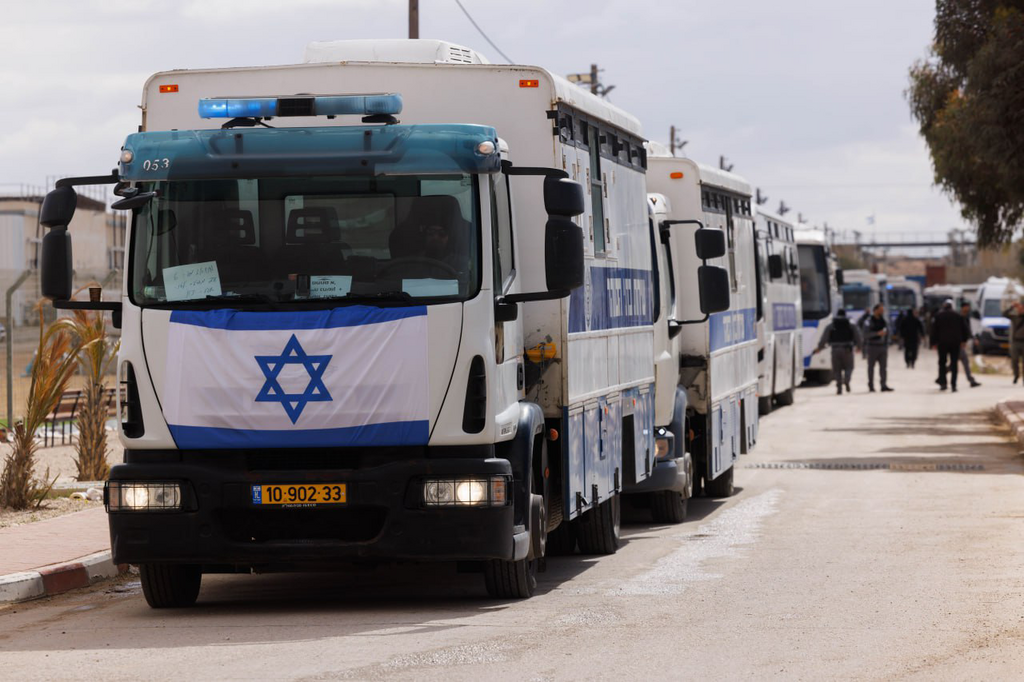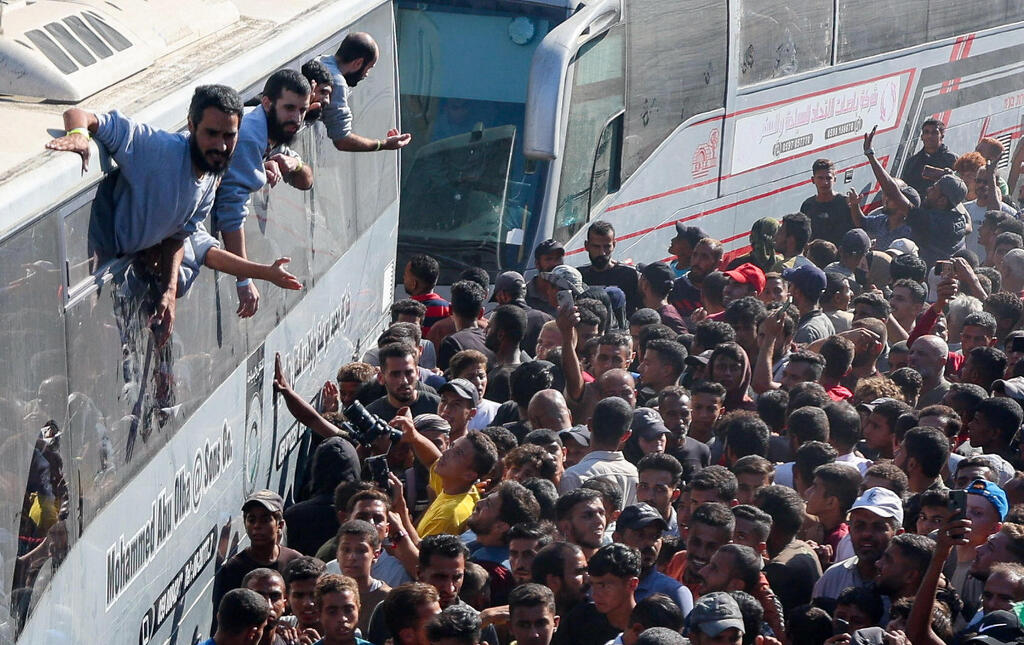“This is not an easy feeling to watch them go,” said A., a deputy commissioner and head of intelligence collection for the IPS. “You know exactly what they did, what they think, and what could still happen. Every release of a security prisoner who hasn’t finished serving his sentence is painful. Behind each of them are victims, families, and blood that has not dried. You also know that this ideology doesn’t disappear — they remain committed to a destructive ideology, and their mission is not over.”
According to the IPS, 1,968 security prisoners were released in the deal. They were collected from four prisons across Israel. Those slated for release to Gaza or abroad were transferred to the Ketziot facility, where they were questioned by Israeli security officials, their identities confirmed by forensic means, and their medical condition documented. The documentation was intended to counter any future claims of mistreatment.
Hours before the release, under the supervision of representatives from the International Committee of the Red Cross, who verified their identities against official lists, IPS Nahshon Unit officers escorted the prisoners — handcuffed at both hands and feet — onto buses bound for the Kerem Shalom crossing on the Gaza border.
Despite the frustration surrounding the release of convicted terrorists, A. pointed to one “bright spot” — a stricter incarceration policy led by National Security Minister Itamar Ben-Gvir. “These terrorists are not leaving the same place they entered,” he said. “They experienced a prison system with rules, sovereignty, and governance. They understood that terrorist activity carries a price. In this specific release, these terrorists will tell a different story than what was told before. The story now is that Israeli prisons are not pleasant places. There are rules, laws, and order — something they were not used to for decades.”
A. said this change was evident in conversations with prisoners before their release. “The arrogance and overconfidence that characterized them for years is gone,” he said. “Anyone watching from the side could clearly see who the sovereign is and who the prisoner is. I heard statements from them saying they would never come back here, no matter what. The fear of spending another day in prison came through strongly in these talks.”
Asked whether some of the released prisoners were still inclined toward terrorism, A. said, “There are quite a few prisoners who are eager to carry out attacks, and that’s one of the reasons the IPS leadership insisted on having influence over the list of those released. We know them well — we know their plans — and it was important to make sure that the most dangerous, as much as possible, would not be freed. Although some very dangerous terrorists were released in this deal, those with the potential to become strategic leaders — the next Sinwar, for example — were not released. Hopefully, they never will be. The next significant Hamas leaders, in my opinion, are still in prison.”
A. recalled one conversation he had with a Gaza-based terrorist before the Oct. 7 Hamas assault. “I spoke with a terrorist from Gaza at Ketziot, and I was curious what led him to this path because I knew his background — his father was a wealthy and educated man,” A. said. “This was someone who had every opportunity in Gaza to build a future, and he chose to carry out an attack against Israelis. He didn’t come from deprivation, but from privilege, and still chose terror. I understood then that no matter how much their living conditions improve, how much the economy develops, or how many opportunities they have, their ideology and hatred for Israel drive them. Hamas ideology cannot be softened with economic incentives.”
When asked how many of the released might return to terror, A. said he believes conditions in Israeli prisons have had a deterrent effect. “The ideology remains, but the willingness to act on it is different,” he said. “The terrorists understood that the IPS has changed — that there’s prison governance, discipline, and a new approach. That gives hope that they will think twice before returning to terror. The current policy under IPS Commissioner Kobi Yakobi is smart. It creates both security and intelligence effectiveness that damages terror organizations. From these same prisoners, we are achieving significant results, and we intend to keep it that way.”
A. also denied claims made by associates of senior terrorist Marwan Barghouti that guards abused him. “That never happened,” he said. “We operate according to the law. I expect such reports will increase as part of an attempt to tarnish the IPS’s name and to create a false comparison with the hostages. It’s an effort to stir up outside opinion. The fact that so many arch-terrorists were not released has brought some of them to a breaking point, and one way they’ll respond is through actions against us, including in the media.”
Asked how officials determine who is recommended for release, A. said, “It’s important to understand who the person is, how he thinks, what motivates him, and what connections he has. We look at the actions he committed, how bold he was, his ability to recruit others, and how he’s viewed by the younger generation. There are many factors that together determine the risk level. The killers of the Fogel family, in my view, are Nukhba terrorists. Entering a home and slaughtering a family is exactly like Oct. 7. Releasing such killers is the same as releasing Nukhba terrorists. We must look not just at the number released, but who they are. I could name 100 terrorists whose release would cause more harm than releasing 3,000 others.”
First Appeared on
Source link






